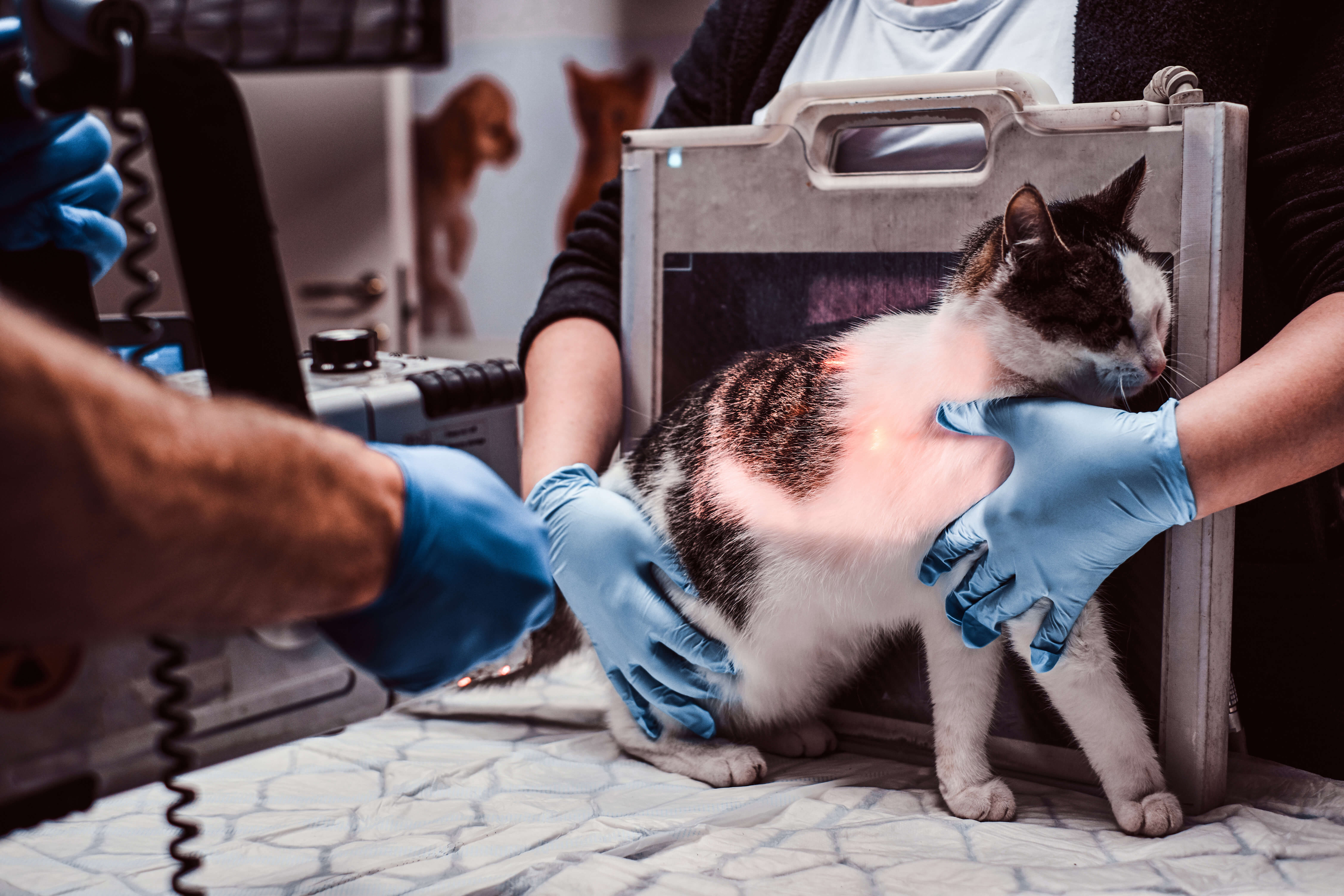Why DICOM Format Matters in Veterinary Teleradiology
DICOM Images - The Gold Standard for Diagnostic Imaging When it comes to submitting images for teleradiology interpretation, one of the most common...
1 min read
.jpg) Fred Gromalak, DVM
:
Feb 7, 2025 1:30:00 PM
Fred Gromalak, DVM
:
Feb 7, 2025 1:30:00 PM

Perfecting the art of veterinary radiographic positioning is crucial for obtaining clear, precise images essential for accurate diagnoses. Enhancing your technique with effective positioning hacks can significantly elevate the quality of radiographs in veterinary practice. From utilizing positioning aids to ensuring optimal alignment and considering patient comfort, these ten hacks offer valuable insights to improve your radiographic skills.
Let's delve into these expert strategies that will help you master the nuances of positioning, ensuring clearer insights and more accurate diagnoses in veterinary radiography.

Remember, practice and experience play a significant role in mastering radiographic positioning. Continuously evaluate your technique, seek feedback from colleagues, and embrace ongoing learning opportunities to refine your skills and achieve consistently high-quality radiographic images.
.png)
DICOM Images - The Gold Standard for Diagnostic Imaging When it comes to submitting images for teleradiology interpretation, one of the most common...
Emerging Trends in Veterinary Diagnostics In recent years, the demand for in-house veterinary diagnostics has led to general veterinary practices...
.png)
How to Successfully Implement Ultrasound Into Your Veterinary Practice Ultrasound is one of the most powerful and versatile diagnostic tools in...